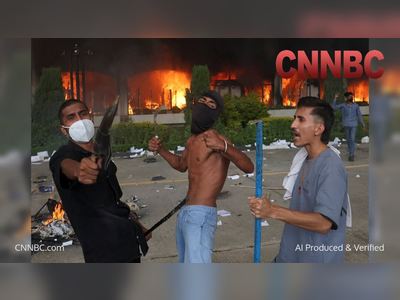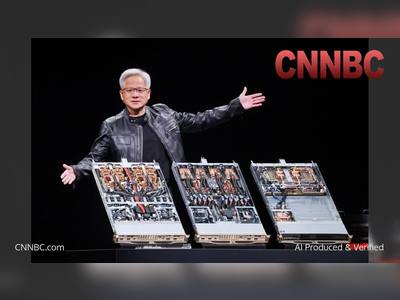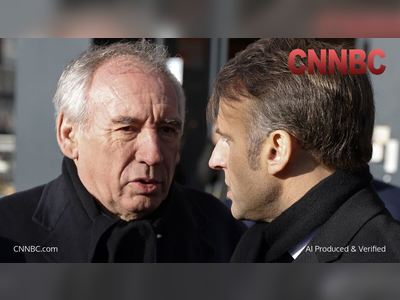Vatican hosts first Catholic LGBTQ pilgrimage
Pilgrims entered St. Peter’s Basilica during the Holy Year in a Vatican-recognized event seen as extending an inclusive approach encouraged under Pope Francis and continued by Pope Leo XIV.
The Vatican has hosted the first Catholic LGBTQ pilgrimage recognized during a Holy Year, as pilgrims gathered in Rome and processed through the Holy Door of St. Peter’s Basilica in an event framed as a gesture of welcome for LGBTQ Catholics and their families.
The pilgrimage formed part of the Jubilee Year calendar, which draws millions of the faithful to the Vatican at regular intervals for prayer and penance.
Participants prayed together, carried symbols including a rainbow cross, and entered the basilica through the Holy Door—an act of devotion signifying reconciliation—after a vigil the previous evening.
Attendance ran into the hundreds, with groups traveling from Europe, the Americas, and Asia.
Church figures associated with the gathering emphasized pastoral accompaniment while noting that doctrine remains unchanged.
A Mass connected to the pilgrimage was celebrated in Rome, and senior clergy urged respect and protection of human dignity, including for those who identify as LGBTQ.
The initiative, planned under Pope Francis, continued under Pope Leo XIV, reflecting an institutional willingness to maintain outreach launched in recent years.
The Holy Year context provided additional significance.
Crossing the Holy Door at St. Peter’s is among the Jubilee’s central rites, with registration overseen by the Vatican’s official portal to manage the flow of pilgrims across designated routes and time slots.
The inclusion of an LGBTQ-focused event on the wider Jubilee calendar marked a first within living memory, according to organizers and participants.
The milestone weekend in Rome coincided with other high-profile moments at the Vatican, including the canonization of Carlo Acutis—recognized as the Church’s first millennial saint—and Pier Giorgio Frassati, celebrations that drew large youth crowds to St. Peter’s Square.
The confluence of events underscored a Holy Year narrative centered on engaging younger generations and demonstrating the Church’s global scale.
The pilgrimage formed part of the Jubilee Year calendar, which draws millions of the faithful to the Vatican at regular intervals for prayer and penance.
Participants prayed together, carried symbols including a rainbow cross, and entered the basilica through the Holy Door—an act of devotion signifying reconciliation—after a vigil the previous evening.
Attendance ran into the hundreds, with groups traveling from Europe, the Americas, and Asia.
Church figures associated with the gathering emphasized pastoral accompaniment while noting that doctrine remains unchanged.
A Mass connected to the pilgrimage was celebrated in Rome, and senior clergy urged respect and protection of human dignity, including for those who identify as LGBTQ.
The initiative, planned under Pope Francis, continued under Pope Leo XIV, reflecting an institutional willingness to maintain outreach launched in recent years.
The Holy Year context provided additional significance.
Crossing the Holy Door at St. Peter’s is among the Jubilee’s central rites, with registration overseen by the Vatican’s official portal to manage the flow of pilgrims across designated routes and time slots.
The inclusion of an LGBTQ-focused event on the wider Jubilee calendar marked a first within living memory, according to organizers and participants.
The milestone weekend in Rome coincided with other high-profile moments at the Vatican, including the canonization of Carlo Acutis—recognized as the Church’s first millennial saint—and Pier Giorgio Frassati, celebrations that drew large youth crowds to St. Peter’s Square.
The confluence of events underscored a Holy Year narrative centered on engaging younger generations and demonstrating the Church’s global scale.











